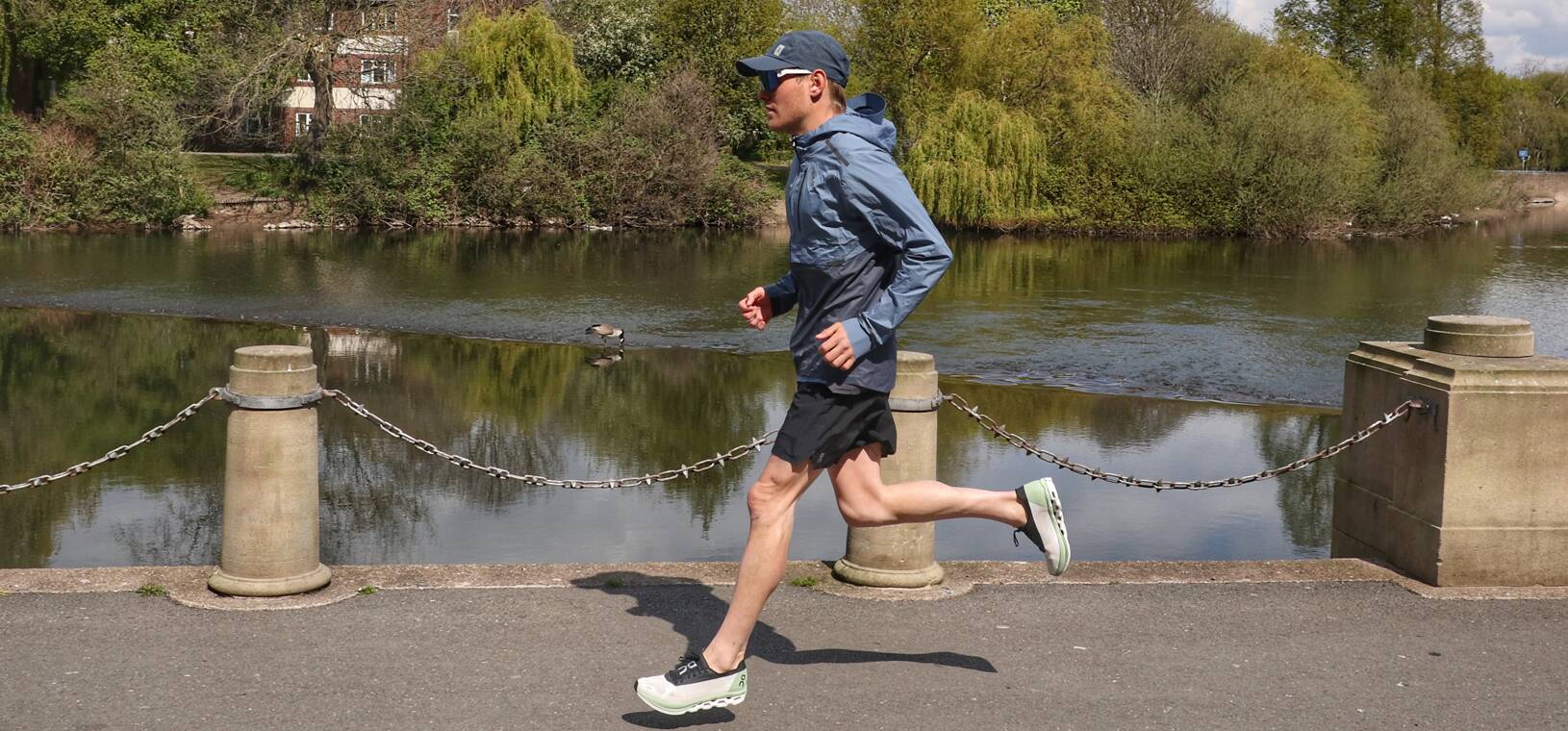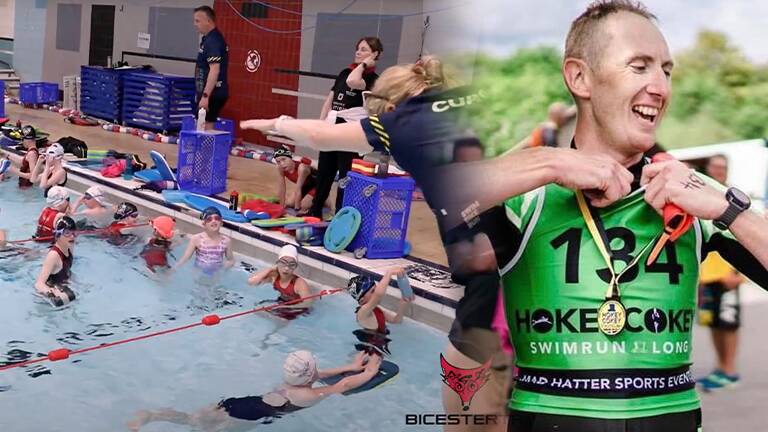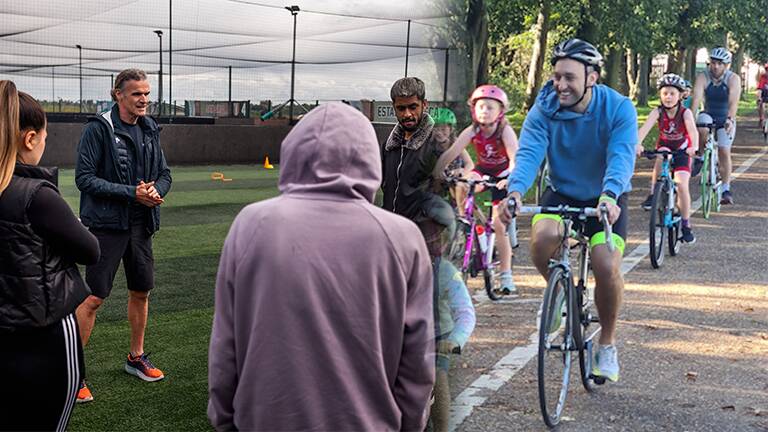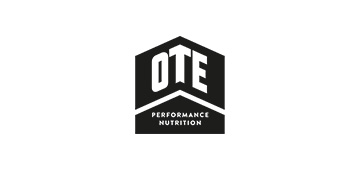For over a decade, Tom Bishop has been representing Great Britain on the international stage and the On athlete shares his tips and advice for running your best 10km.
Training for your best 10km
There isn’t a secret session or magic bullet to prepare you for your first or fastest 10km, and it certainly isn’t 10km for the first time the week before your big race.
When you plan a race or a season of races, it is key to plan your preparation to get the best out of yourself, come race day. There are a lot of coaches out there who can help you with this, but it is possible to figure it out yourself.
Copying others, or professional athletes isn’t the best answer. They might provide you with ideas and inspiration, but it is best to be aware of what your goals and limits are. It’s taken me 12 years of racing to work out what I can roughly cope with, and I still haven’t found the best method for me really. I suppose the body changes throughout the years too, so one has to always be adaptable.
To keep it simple, here are my five tips for running your best 10km. These ideas can also be used for shorter or longer distance racing.
- Build up your run volume slowly
Whether you measure your running in distance or time, progression needs to be slow, especially when you’re increasing to an amount you’ve never experienced before. For example, if your weekly mileage is 20km/week, it should take around one month to six weeks to increase this to 30km. There is the 10% rule which can be followed, whereby you only increase your volume by 10% of the previous week. This process might feel like it will take time, but it is a safe way to run more without the risk of injury.
- Introducing speed, from week one
I’d recommend adding some fast running and this is often way above your goal pace for the race. This does mean, however that the duration of this bout will be very short. By this, I mean begin with strides between six to 10 seconds, I like eight seconds personally and for four to 10 reps depending on how you feel. You can also choose two lamp posts to run between, goal posts on a football pitch or even 50-80m on the track. These strides should always be built through, the first few warm-up strides at about 70-80% max speed then slowly increase the intensity so you’re nearly at full gas. The first month you try this, don’t push too hard and be aware of any tight areas or niggles. You can do these on a hill to take out some impact if you prefer.
- Intervals
Once you introduced the speed, extend the duration of these exercise bouts, though you’re allowed to slow down. Strides can turn into 200m-400m reps on the track at a decreased intensity (though still way above your race pace) the fitter and stronger you get, the longer these reps can be, all the way up to a mile, and the more you can do of them. Again, always follow the 10% rule and don’t jump into a big track session in your first month of training.
- Go long
The long run is like marmite, some people love it, and others don’t. If you’re in the first bracket, then great, plan a long run. There are lots of arguments about how long this should be but there isn’t really an exact amount. If you’re training for 10km, if you can manage an extra 50% to 100%, so 15km or 20km then you’re doing great. As I said earlier, sometimes working on time is better, so whatever your current PB is for 10km then double it and that can be your target long run duration. But as I’ve said earlier, make sure you take your time to build up to this distance, and it can take you more than three months.
- Recover well
Make sure you appreciate what you put your body through during your training week. Recovery is very individual, and it often depends on a lot of factors such as your work/life balance, your training history, level of fitness and sleep Three 3 key components of recovery are:
- Going easy after you have gone hard. These easy days can be classed as recovery, so make sure you go easy on the day between hard sessions.
- Sleep. Really try and get a decent night of sleep after hard training and try and make that a habit of life. I like to try and schedule a lie-in at least once a week to catch up on any missed sleep over the recent few days.
- Nutrition, a balanced diet with lots of variety is the best answer. Find what your body responds to well, pre and post races meals aren’t the same for everyone, but they should always include good quality carbohydrate and protein sources as well as lots of whole foods close to the tree.
Training for running can be really rewarding, but you need to treat it with respect if you are to realise your potential and enjoyment for the sport.
About On and British Triathlon
On support British Triathlon in their objectives to grow participation in swim, bike, run across Britain, as well as provide current Home Nation members with access to the latest generation of On shoes.
Both On and British Triathlon have sustainability central to their thinking. Limiting climate change and reducing greenhouse gas emissions are among the top focus areas for On’s sustainability strategy and is one of three priorities alongside the use of sustainable materials and the creation of circular products.
On is present in more than 60 countries globally, delivering innovation in premium footwear, apparel, and accessories for high-performance running, outdoor, and all-day activities.
To find out more, visit shop.on-running.com/en-gb/
















